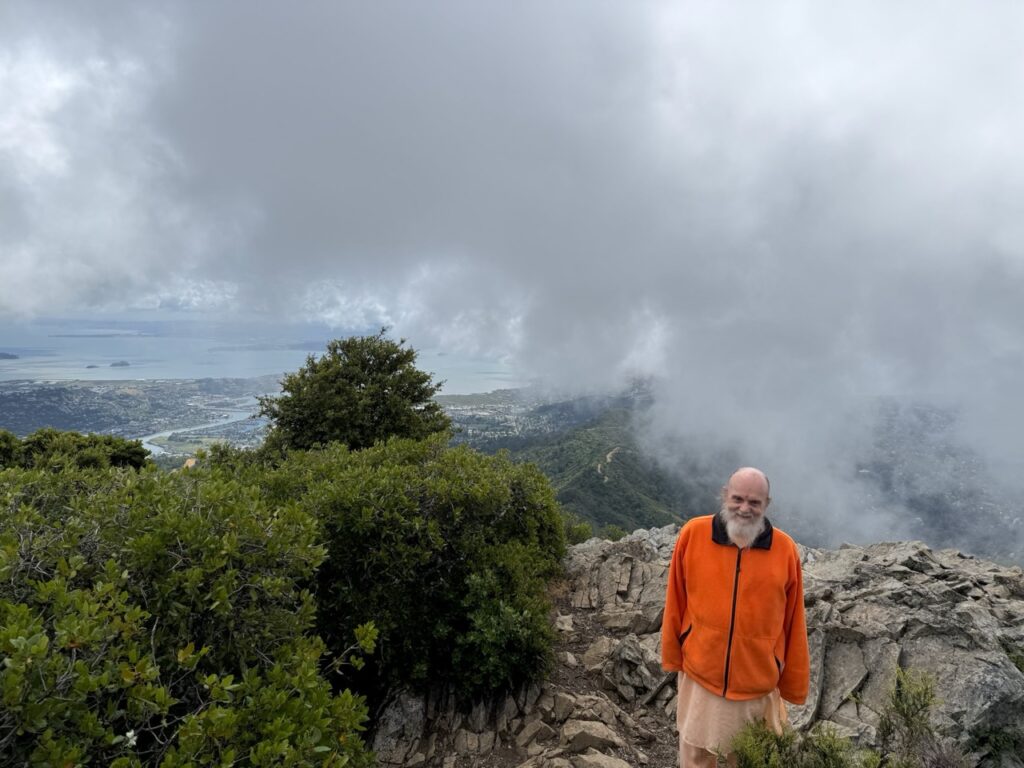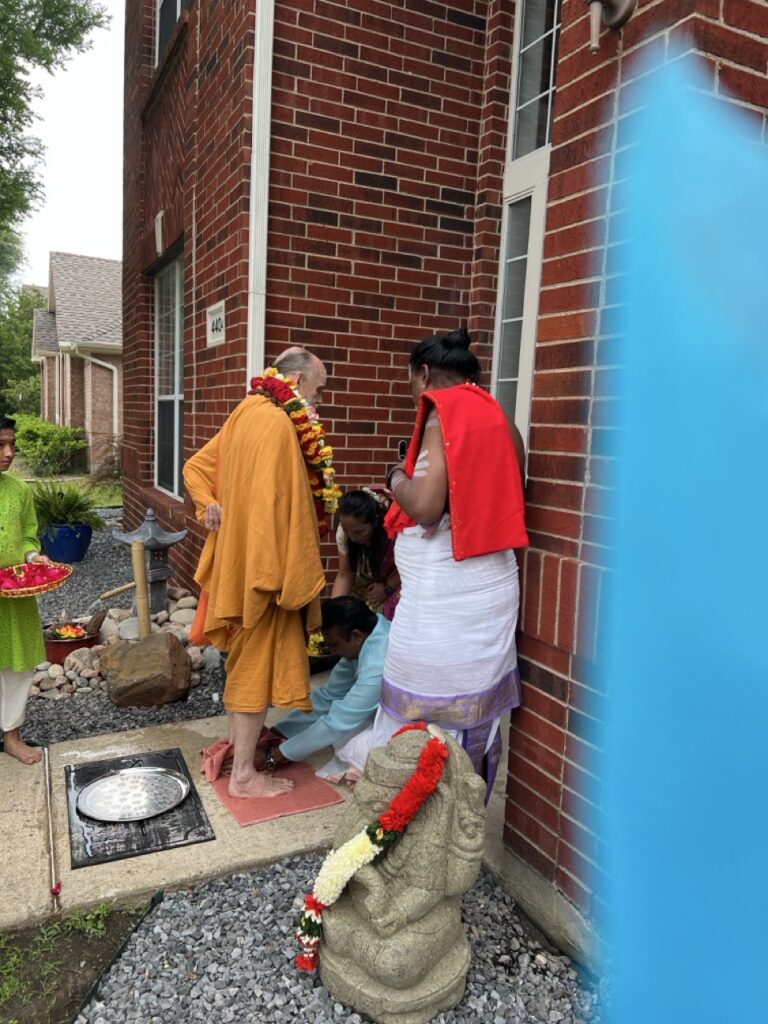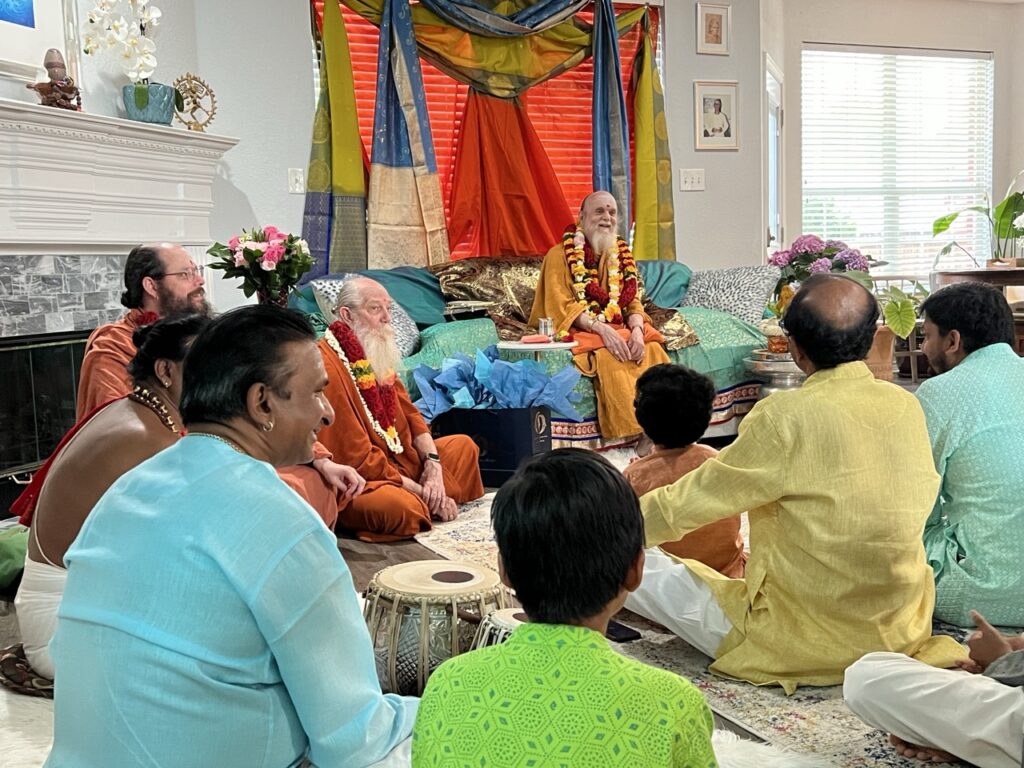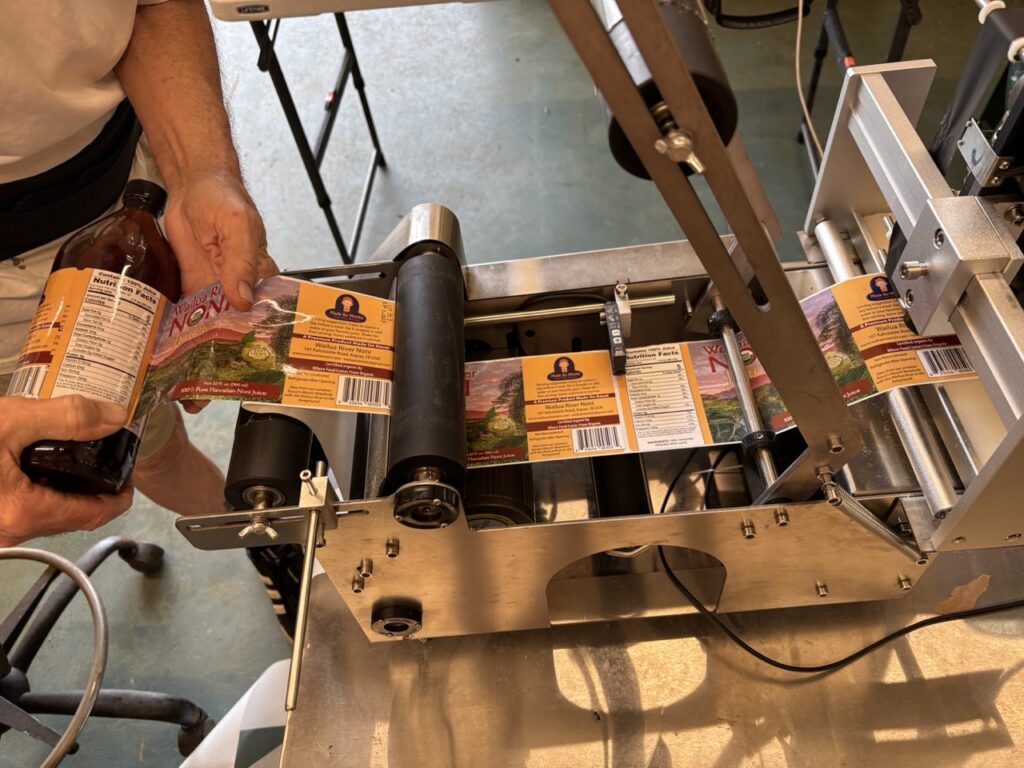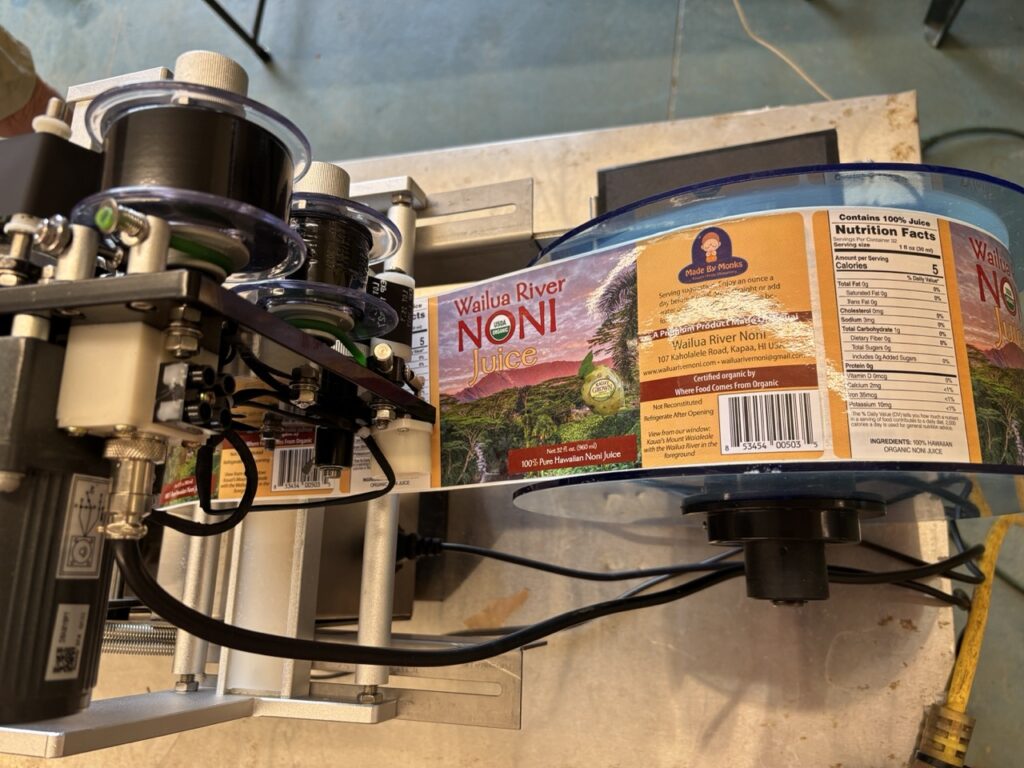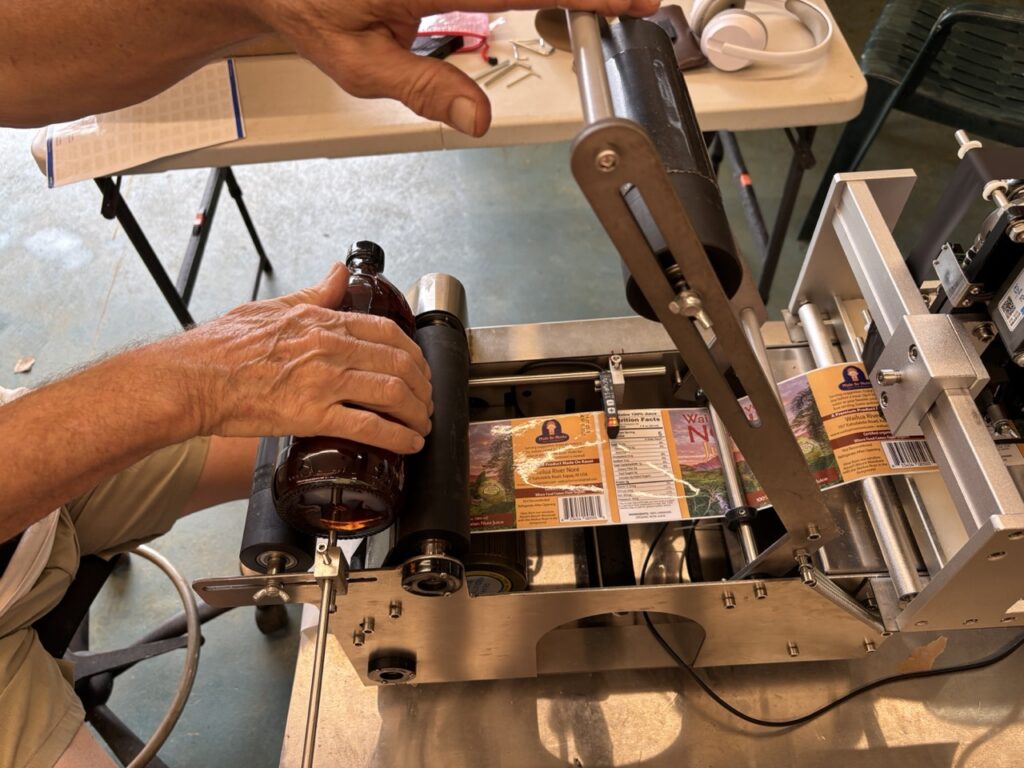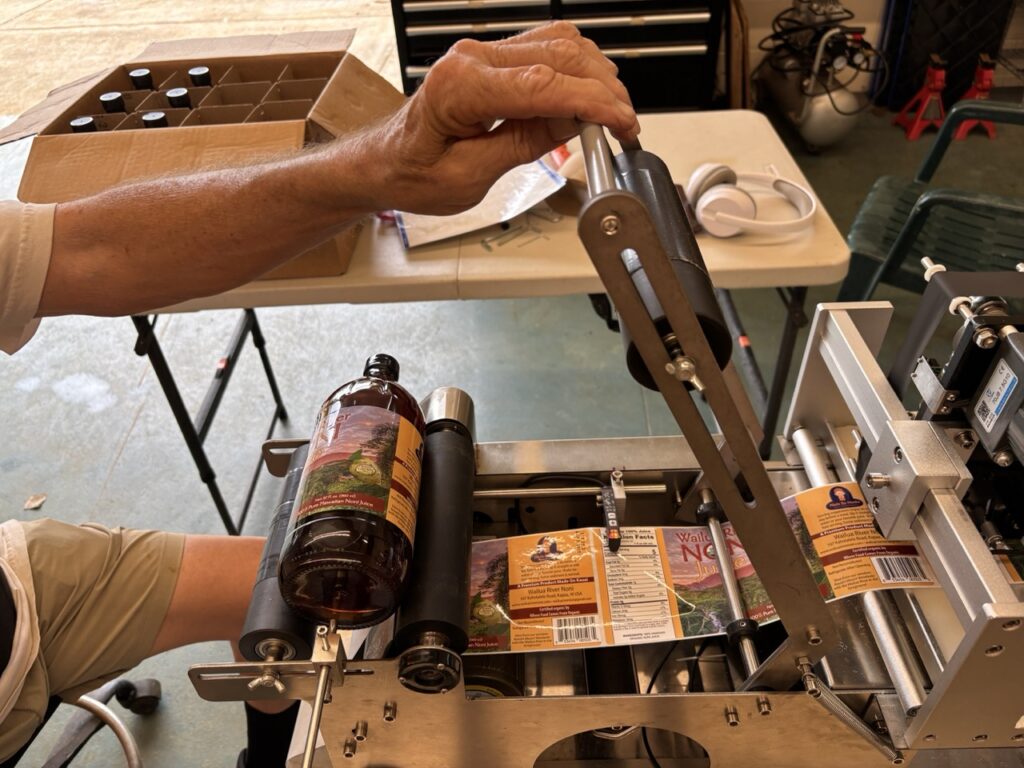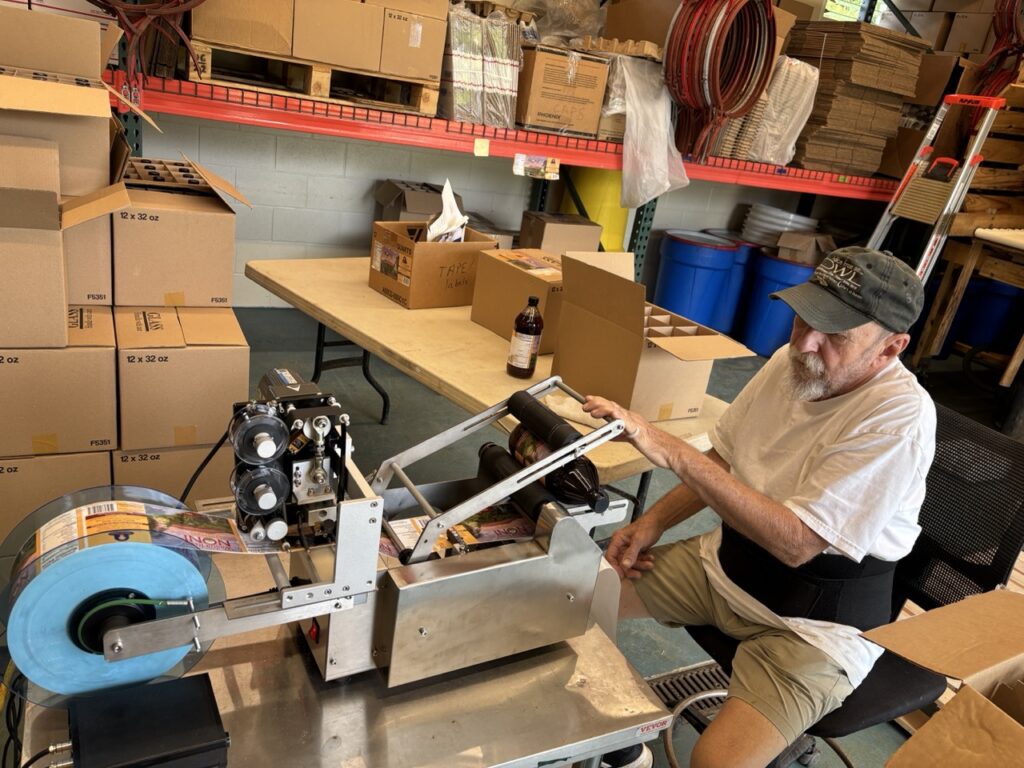I’m All Right, Right Now, Part Three
Satguru Bodhinatha Veylanswami gives his weekly upadesha in Kadavul Temple at Kauai’s Hindu Monastery in Hawaii. It is part of a series of talks elaborating on the inspired teachings of Satguru Śivaya Subramuniyaswami as found in his book Merging With Śiva.
“The mystic lives within himself and deals positively with the events and forces outside himself. He is always consciously striving to realize that limitless Reality within him. That is his practice. Yet he welcomes the challenges of the world, not as a karma forced upon him against his will but as his own self-created dharma. If he is really a mystic, he doesn’t run away from these challenges. He inwardly knows that life’s daily difficulties bring forth his inner strength in response to them. He sees the underlying purpose of life. He accepts and doesn’t reject. He searches for understanding, for the lesson that lies behind each experience instead of resenting the experience, which then creates another subconscious barrier for him. He knows that most problems are with man and the way he looks at things.“
I’m All Right, Right Now, Part Three Read More »
